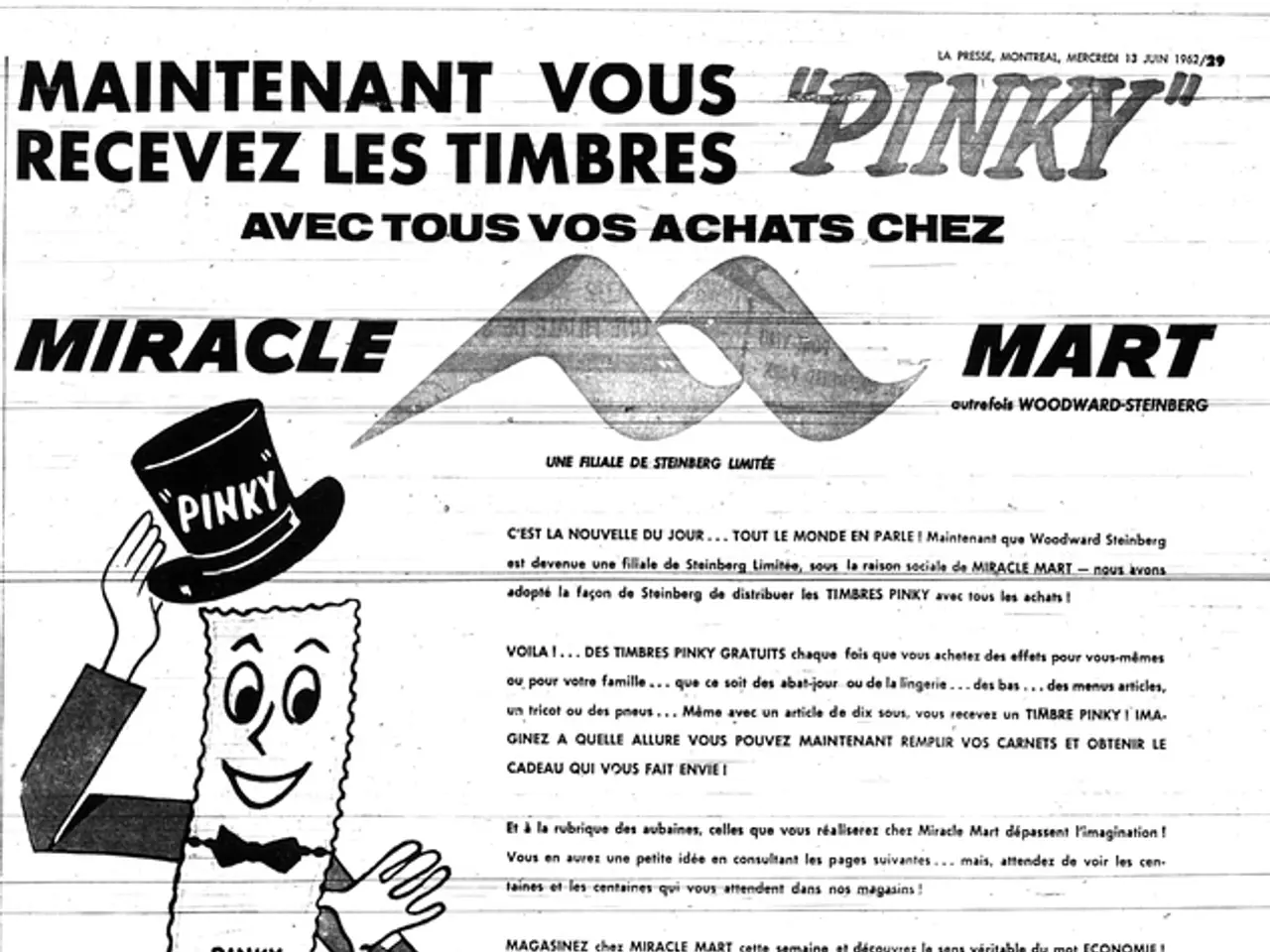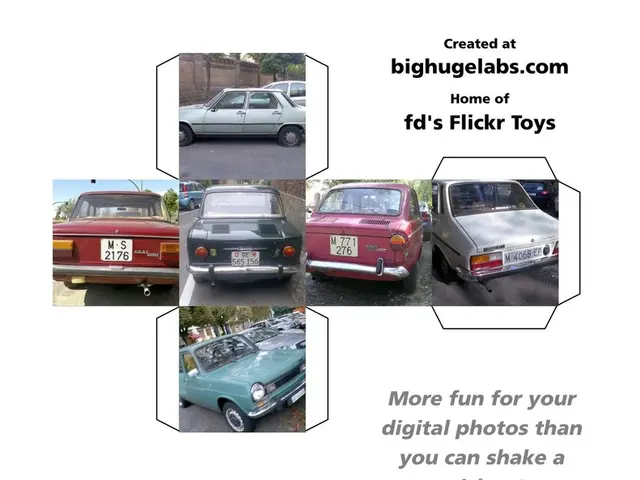AI Revolutionizes Marketing Personas: Past, Present, and Future
Marketing personas, semi-fictional representations of ideal customers, have evolved significantly since their inception. Originally proposed by software designer Alan Cooper in 1985, they now play a crucial role in understanding target audiences and enhancing communication. With the advent of AI-powered tools, creating and refining these personas has become more efficient.
At the core of marketing personas lies the 'jobs to be done' theory by Clayton Christensen. This approach encourages marketers to understand what customers aim to achieve or 'get done' with a product. By 2025, AI tools will automate the process of turning customer data into these personas, making the task more streamlined.
The concept of personas has evolved over time. In 1994, Angus Jenkinson suggested grouping people with similar attitudes to create more detailed personas. Today, they are created through a three-stage process: research, development, and refinement, based on real customer data and insights. The number of personas needed varies depending on the products or services offered and the target audience.
Marketing personas, from their origins in software design to their current AI-driven iterations, have become indispensable tools for marketers. They aid in content marketing and channel and media planning strategy, helping businesses understand and communicate with their target audiences more effectively. As AI continues to advance, the process of creating and utilizing these personas is set to become even more sophisticated.








